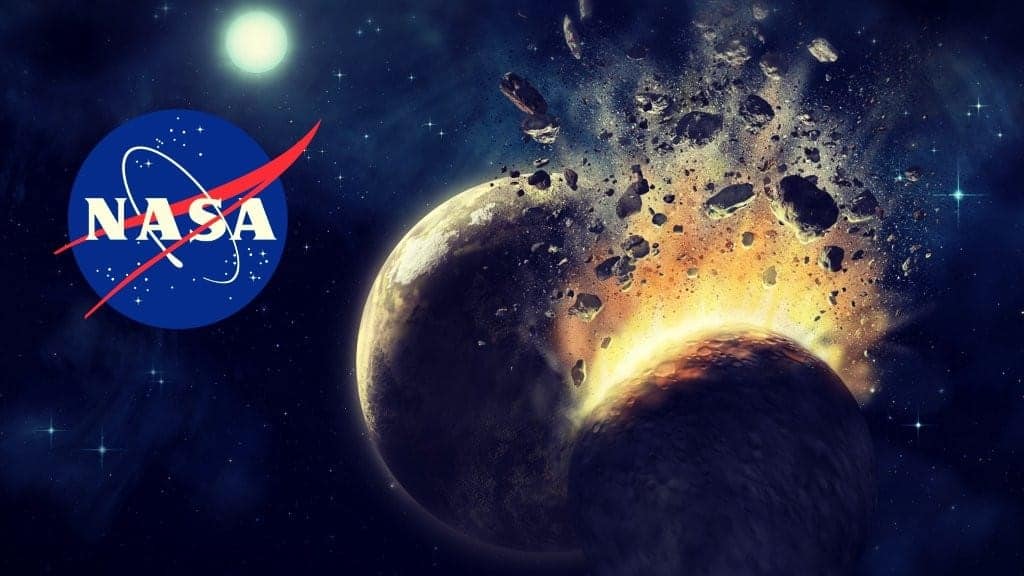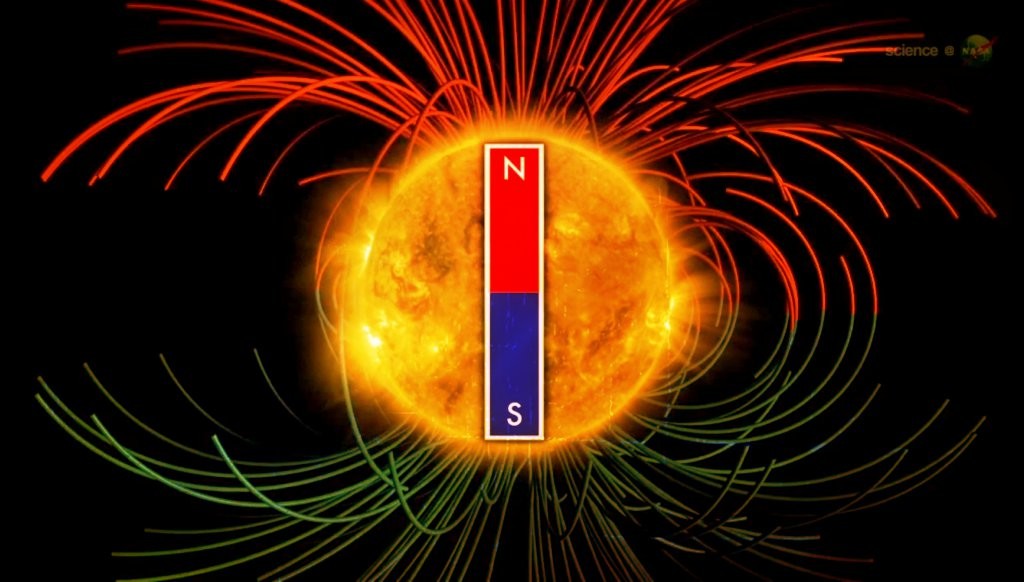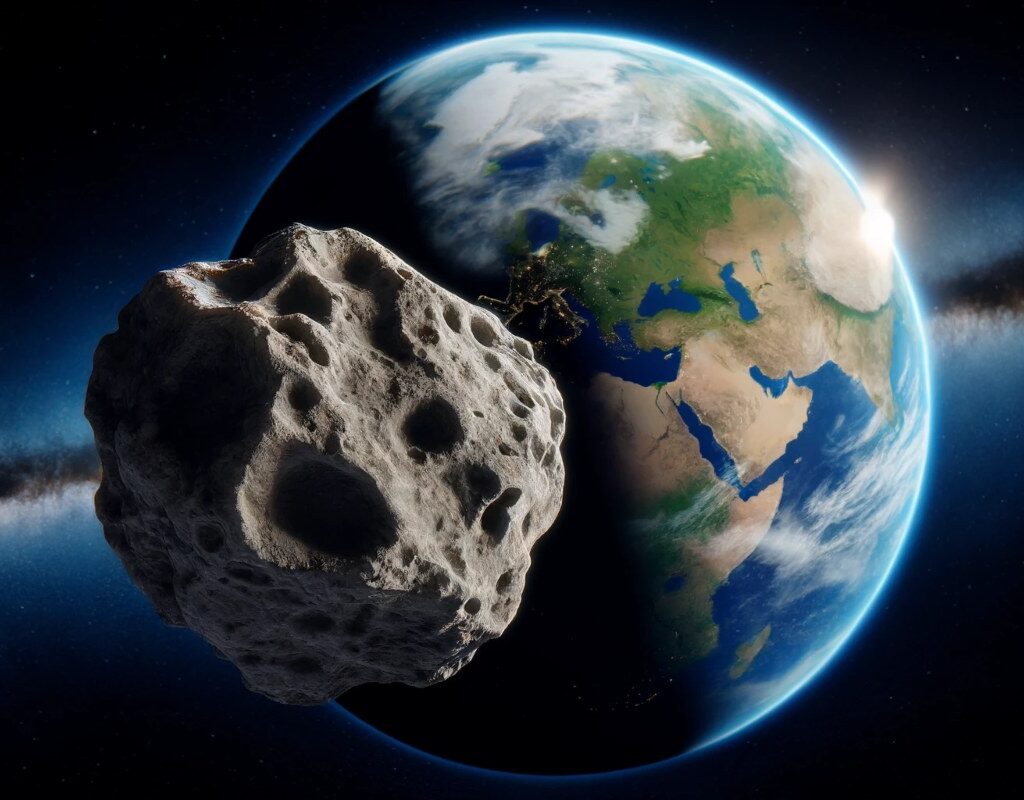As the world approached December 21, 2012, a flurry of apocalyptic theories emerged, grounded in misinterpretations. NASA, prioritizing science, dedicated itself to dispelling these myths, leveraging digital platforms to share facts and debunk the widespread fallacies.
As the World Braced for its End: NASA’s View on 2012
Before December 21, 2012, a mix of anticipation and fear gripped the global psyche. Theories of doom flourished, fueled by misreadings of ancient calendars and modern-day disaster predictions.
Amid this uncertainty, NASA stepped forward to shed light and offer reassurance. With a foundation in science, the U.S. space agency aimed to debunk the myths surrounding this date, using various means to communicate the truth.
A notable initiative was the early release of a video on its YouTube channel. Originally scheduled for December 22, the video was launched ahead of time to ensure the message of calm and clarity reached as many people as possible.
Expert explanations from astronomers helped NASA debunk these world-ending theories, one by one.
This effort wasn’t confined to just one video. The agency also held interactive sessions, like a Hangout on Google, where scientists addressed public queries, clarifying doubts and providing scientifically backed information.
These initiatives reflected a deep commitment to education and transparency, crucial in combating misinformation and unfounded fears.
Among Asteroids and Calendars: The Science Behind the Myth
Among the most alarming theories was the possibility of a catastrophic asteroid impact. Through meticulous astronomical observations, NASA confirmed no such threat existed.
Experts elucidated that any dangerous object would be visible well before posing a real threat to Earth. This clarification dispelled fears and highlighted the importance of scientific knowledge in assessing space risks.
Another source of confusion was the Maya calendar. The misinterpretation of its cycle ending on December 21, 2012, sparked speculations of an impending apocalypse. However, Maya culture specialists and astronomers quickly clarified that the end of a cycle merely marked the beginning of a new one.
There was no evidence or ancient texts linking this event to the world’s end. This clarification not only corrected a widespread misunderstanding but also offered a broader perspective on the rich Maya cultural heritage and their time measurement system.
These explanations alleviated many unfounded fears and showcased the significance of scientific dissemination in confronting baseless beliefs.
Beyond Videos: NASA’s Communication Strategy
In response to growing global anxiety, NASA didn’t stop with just one video. The agency broadened its communication strategy to include various formats and platforms, aiming to educate the public and soothe widespread fears.
Through these actions, NASA demonstrated exemplary commitment to public education and social responsibility. By providing clear, scientifically grounded explanations, the agency not only debunked baseless theories but also bolstered trust in scientific institutions.
The openness of these interactions emphasized the importance of making science accessible to the public, especially during times of uncertainty.
The impact of these efforts was significant. As December 21 passed without incident, calm began to replace fear in many hearts. NASA’s work, beyond refuting rumors, served to remind us of the value of curiosity, healthy skepticism and the human desire to seek truth through reason and evidence.
Lessons from the Past: Science as a Beacon in the Dark
NASA’s informational campaign against the fears of December 21, 2012, left an indelible mark on the collective consciousness. Through a mix of digital tools, live events and educational material, the agency not only dispelled apocalyptic myths but also fostered a deeper appreciation for scientific knowledge.
The success of these initiatives underscores the importance of communicating science in an accessible and relevant manner, especially in an age rife with instant information and, at times, misinformation.
This experience served as a powerful reminder that faced with uncertainty, humanity can find comfort and clarity in scientific exploration. NASA’s efforts then demonstrate how curiosity, paired with a critical and analytical approach, is essential in overcoming unfounded fears.
Ultimately, the story of December 21, 2012, teaches us about the value of science as a beacon of truth in times of confusion, a message that remains pertinent today and will continue into the future.




